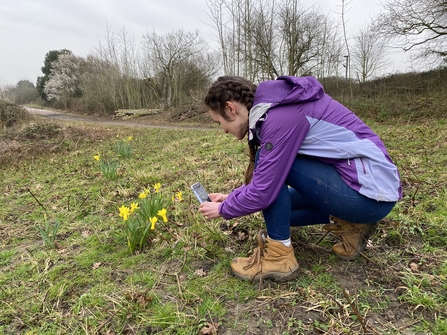Wet grassland transformation at Blue House Farm
With generous funding from Biffa Award, Essex Wildlife Trust can transform 40 hectares of this south Essex landscape. A wetland creation will deliver greater breeding opportunities for threatened species, provide habitat connectivity and ensure climate change resilience through water storage, soil health and carbon sequestration. Not only will this have huge positive impacts for wildlife, but the public will be able to enjoy the wildlife that thrives here.






